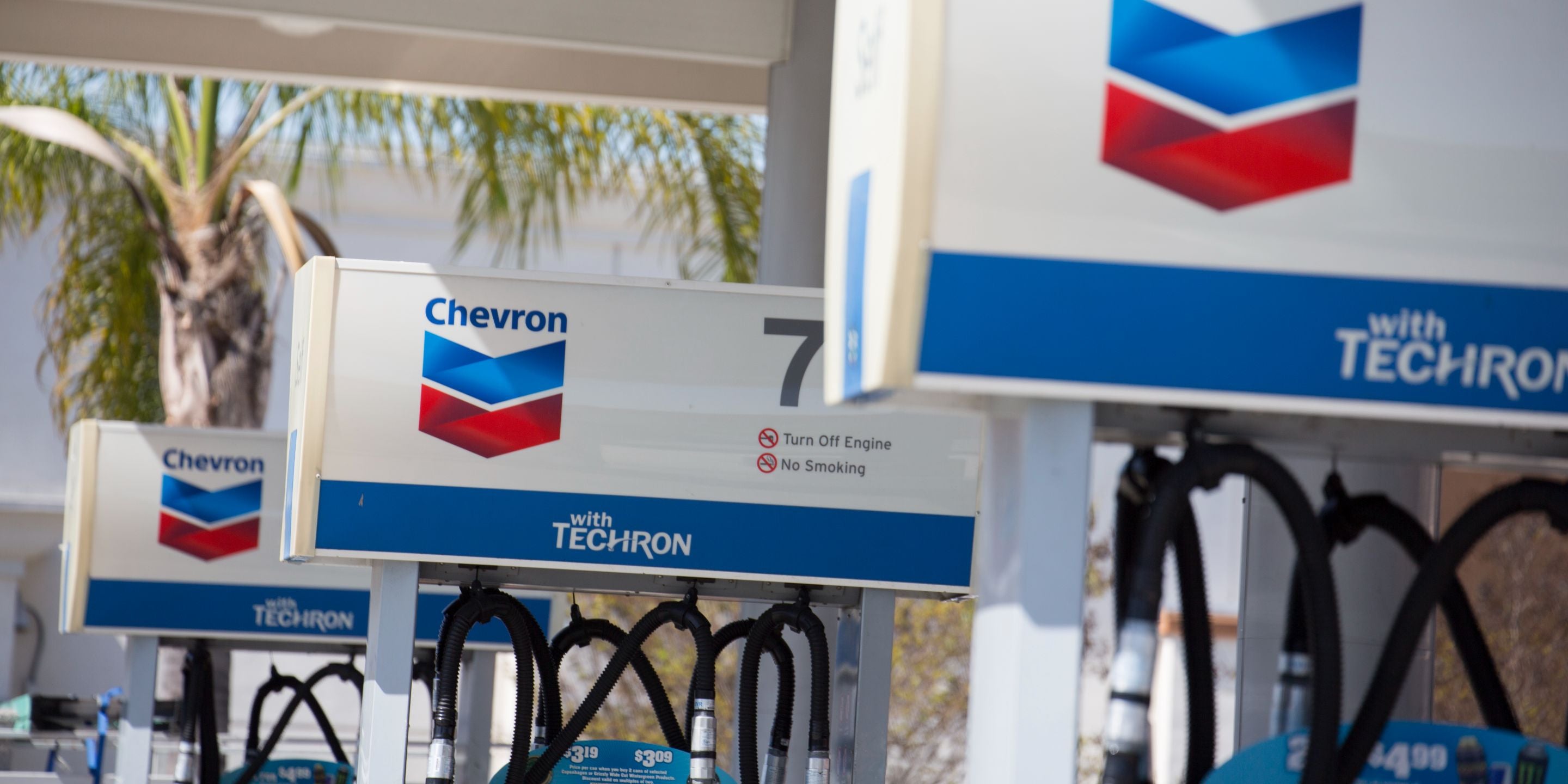Biofuels trading continues to attract attention as key players are consolidating positions in the segment’s value chain. The low-carbon agenda is notably boosting requirements for increased analytical skills to support innovative trading strategies, including for traditional products. Similarly, M&A activity on capital markets remains underpinned by deals involving low-carbon assets.
With summer holidays coming to an end and the trading floors slowly filling once more, it is becoming clear that the results of 2020 will be difficult to repeat, particularly in the crude and fuel oil markets. Many businesses are turning to their gasoline and biofuels desks where returns look much more promising, with the potential to grow further in Q4.
Demand for shipping, operations and analytics expertise remains high as new market entrants continue to grow their trading capabilities in-house. As data access becomes more widely democratised, many companies in the liquid fuels and chemicals sectors want to enhance their analytics capabilities to gain a competitive edge. This has led to restructuring of teams and efforts to upskill existing employees, as well as attempts to expand the headcount of many organisations.
We have experienced a significant uptick in demand for analysts from trading houses and funds alike. More specifically, companies are looking for traditional fundamental capabilities as well as the skills to automate modelling, primarily using Python. The most in-demand talent also offers a softer skillset: the confidence to present and defend views on new trading strategies. There has been an increase in compensation levels as greater demand for this type of talent forces recruiters to boost provide sign-on bonuses and guarantees to entice new hires.
Soaring demand for renewable fuels has sustained the hiring demand in the sector throughout 2021, as trading houses of all sizes continue to compete for trading and support talent. In the US, in addition to supporting individual efforts to reduce carbon footprints, this is also a response to state and federal initiatives designed to encourage renewable fuel production. In Europe, Shell announced its decision to build an 820,000-tonnes-a-year biofuels facility at the Pernis refinery site.
Oil and agribusiness players are combining talent pools to target this growing demand for renewable fuels as well. HS Global wrote about this trend in August 2021, but more joint ventures have been announced recently. For example, Marathon announced plans to invest in an Archer Daniel Midland soybean processing facility on 19 August 2021. In September 2021, Chevron and Bunge launched a 50/50 joint venture to produce renewable fuels and develop lower-carbon feedstocks.
Chevron has also created a new low-carbon business division called Chevron New Energies. And, in response to shareholders pressure to cut emissions, Valero has allocated about 40% of its $2b capital budget for growth projects that include renewable diesel and carbon capture.
Also focused on decarbonisation, oil majors including BP and Shell have been divesting assets and repositioning remaining operations to prepare for a future energy transition, according to Bloomberg. We have seen this result in renewable diesel businesses being added to distillate books, for example, and believe it is a reaction to trading houses’ ability to attract industry talent.
Hedge funds are addressing decarbonisation by building out trading and analytics expertise in both oil and renewable energy credits. We have found that these firms often offer flexibility on working location and create entire structures to entice talent. Given the profit boost many commodity traders have experienced in the past 18 months, such efforts are necessary to attract new talent away from large bonuses tied to existing positions.
Capital Markets
Capital markets have seen continued growth this year, with more capital available for investment in energy and energy transition-related projects. Special purpose acquisition companies (SPACs) have also continued to drive activity.
According to PWC, deal volumes for the first half of 2021 have surpassed the same period in 2020. This is unsurprising given the dampening effect the pandemic had on all economic activity last year.
Its figures show the Americas region dominated M&A activity over the past year. Overall, mining and metals dealmakers were most active during this time as the price of some metals soared. As discussed in our last quarterly review, competition from SPACs continues to drive some M&A volume.
With interest rates expected to remain low for the rest of the year, according to Morgan Stanley, transaction capital will continue to be available for M&A activity. However, as discussed in several other parts of this report, deals involving carbon-intensive assets are becoming less attractive from a financing point of view. According to PwC: “Those seeking to divest carbon-, water-, and land-intensive assets to meet their ESG [environmental, social and governance] objectives are finding that the buyer pools and capital sources supporting those assets are already in decline.”

